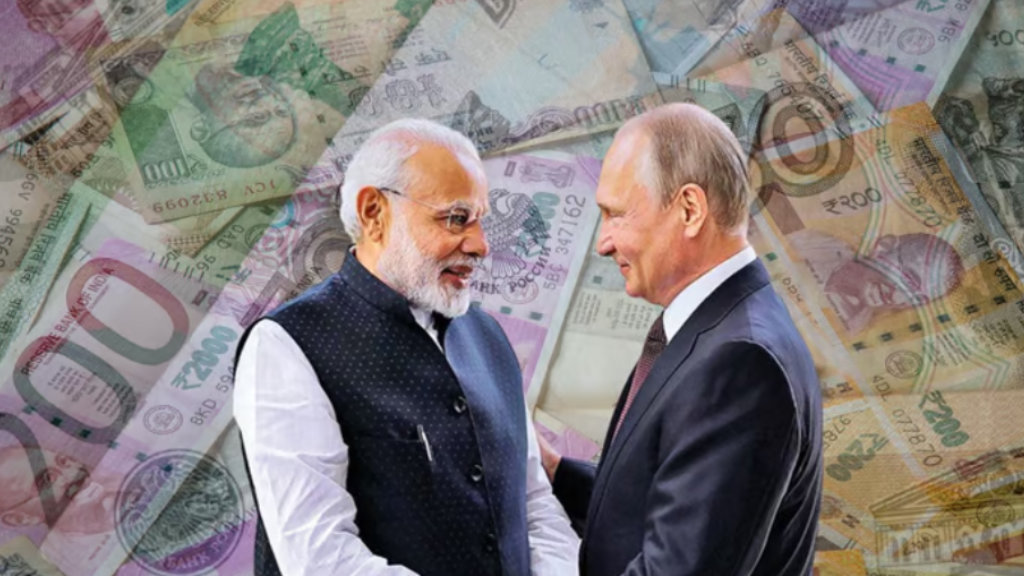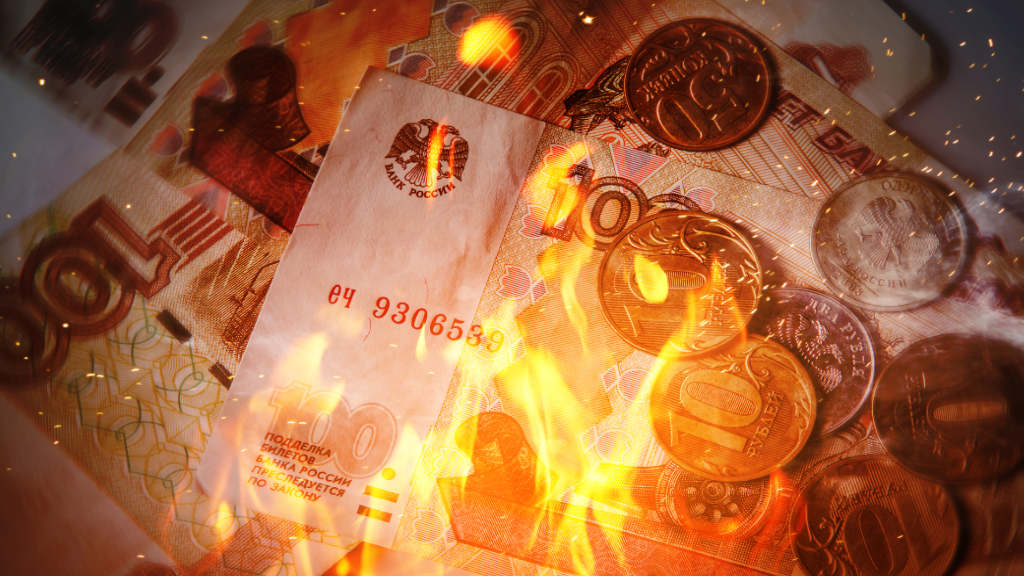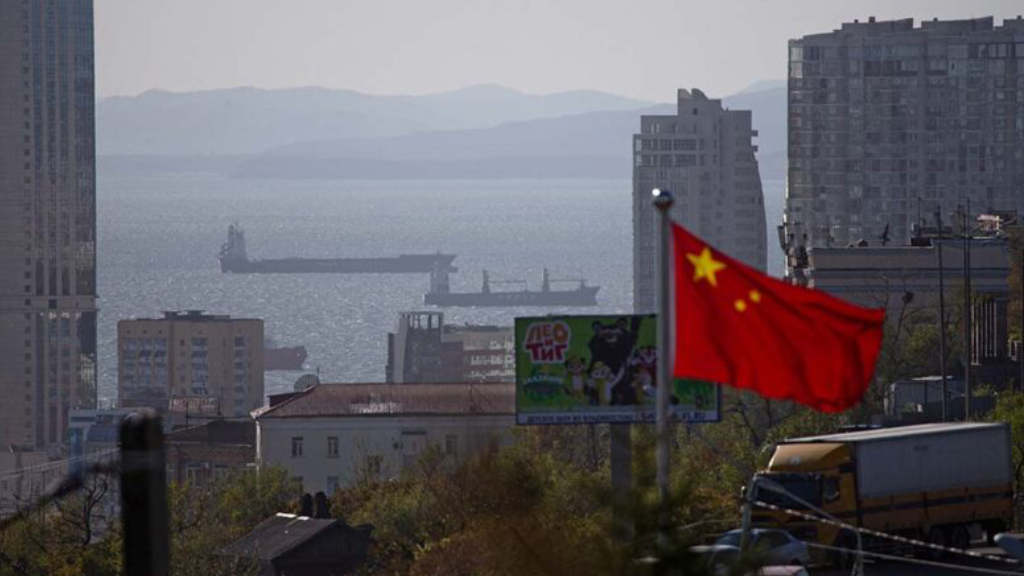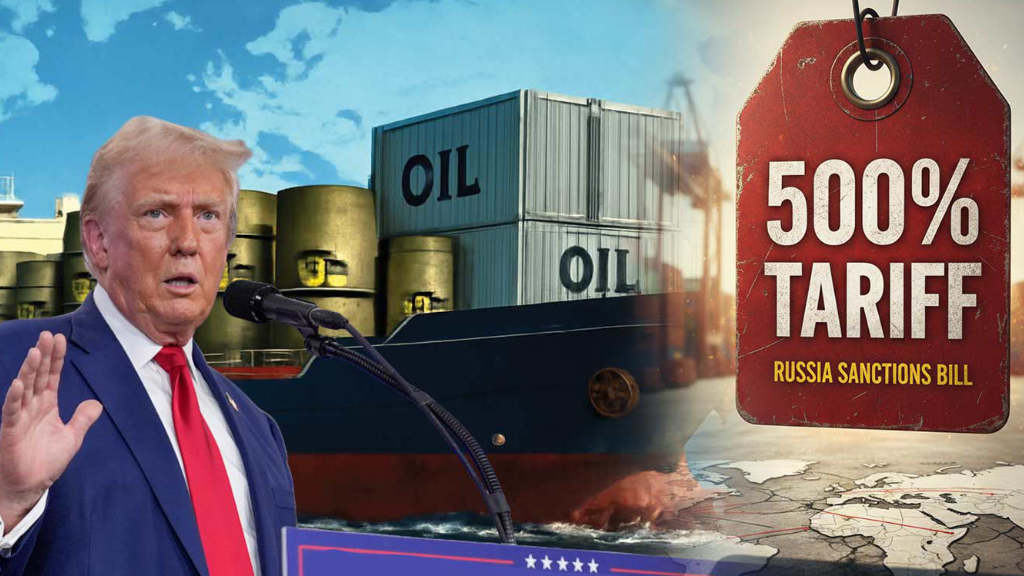Indian Prime Minister Narendra Modi has been in Moscow holding talks with Russian President Vladimir Putin, in discussions likely to have far-reaching, positive consequences for Russia-India bilateral trade as well as the BRICS group.
There are however, technical problems to solve. A major stumbling block is that India buys far more from Russia than vice versa, which on one hand is a positive, yet on the other creates another set of difficulties. With bilateral trade running at US$50 billion last year, and increasing, Indian purchases of Russian exports outstrip Russia’s purchases by about 4 to 1. That becomes awkward when the Indian rupee is not fully convertible to other currencies. This means that rupees can be exchanged at market rates in certain cases, but approval is required for larger amounts – and India’s purchases of Russian goods are definitely ‘larger amounts’. So why doesn’t the Indian Prime Minister just agree?
Making the rupee a fully convertible currency would mean increased liquidity in financial markets, improved employment and business opportunities, and provide easier access to capital. However, disadvantages include higher volatility, an increased burden of foreign debt, and a negative effect on the balance of trade and exports. With a huge population, balancing the fiscal problems created by moving the rupee to full convertibility could create significant unrest – and expose the rupee to unwanted speculation (and economic punishment) by other actors wanting to push its value down.
Modi therefore has his hands partially tied. However, a little noticed sleight of hand has recently been introduced by the Reserve Bank of India (RBI), the country’s Central Bank. Last month, in a move towards de-dollarisation, the RBI permitted banks from 22 countries to open Special Vostro Rupee Accounts (SVRAs) for settling payments in Indian rupees. To increase bilateral trade in local currency, 20 banks operating in India are expected to open 92 SRVAs of partner banks from 22 countries. These are: Bangladesh, Belarus, Botswana, Fiji, Germany, Guyana, Israel, Kazakhstan, Kenya, Malaysia, Maldives, Mauritius, Myanmar, New Zealand, Oman, Russia, Seychelles, Singapore, Sri Lanka, Tanzania, Uganda, and the United Kingdom. The collective multilateral trade between India and these countries – including Russia – is over US$205 billion.
While this increases the volume of rupees India now receives for goods it sells to these countries, it has positive effects as well. It keeps a check on the flow of US dollars, euros and other globally traded currencies out of India, and reduces the transaction costs associated with currency conversions, further strengthening India’s economic ties with the participating countries.
Where this benefits Russia is that this mechanism slows down India’s foreign currency payments for goods, and additionally provides it with access to other foreign currencies from the 22 permitted countries in the reverse trade direction. These include major Russian trade partners in Belarus and Kazakhstan – both members of the Eurasian Economic Union alongside Russia – in addition to Bangladesh, a Russian client state with billions of dollars of Russian investment in nuclear power plants. In addition, several other countries under India’s Vostro account scheme also have expanding trade volumes with Russia: Botswana, Guyana, Kenya, Malaysia, Myanmar, Oman, Sri Lanka, Tanzania and Uganda. While India’s Vostro account scheme won’t fully solve Russia’s rupee problem, it will help provide alternatives. The scheme could also be expanded.
There are other implications. The RBI’s move is a direct rebuff to the use of the US dollar, which will see its use effectively replaced by roughly the US$205 billion per annum in rupees and other currencies. Creating demand for the rupee also helps strengthen the currency and makes it more valuable. With Russia already holding an estimated US$160 billion of rupees in Indian banks, and this increasing by an estimated US$1 billion a month, rupee value appreciation can be a bonus for Russia – if it can offload the currency. At present, according to the Deccan Herald, Russia has been using some of these reserves to purchase Indian stocks and bonds which it will later want to sell. India is also a major buyer of gold – some of which can be redirected back to Russia. All in all, Moscow may be in for a decent return over time – but it will be looking to Modi to assist with increasing non-rupee settlements via India’s Vostro account scheme to help with bilateral trade cashflows. Balancing India’s trade books with Russia is a primary reason that Modi is in Moscow – with innovative schemes to improve the situation already on the agenda.
Further Reading

Russia-India 2024 Bilateral Trade and Development
Russia’s trade and investment development with India is extensively covered in our 2024 Russia’s Pivot to Asia guide. This is a complimentary download and can be accessed in English here and in Russian here.





